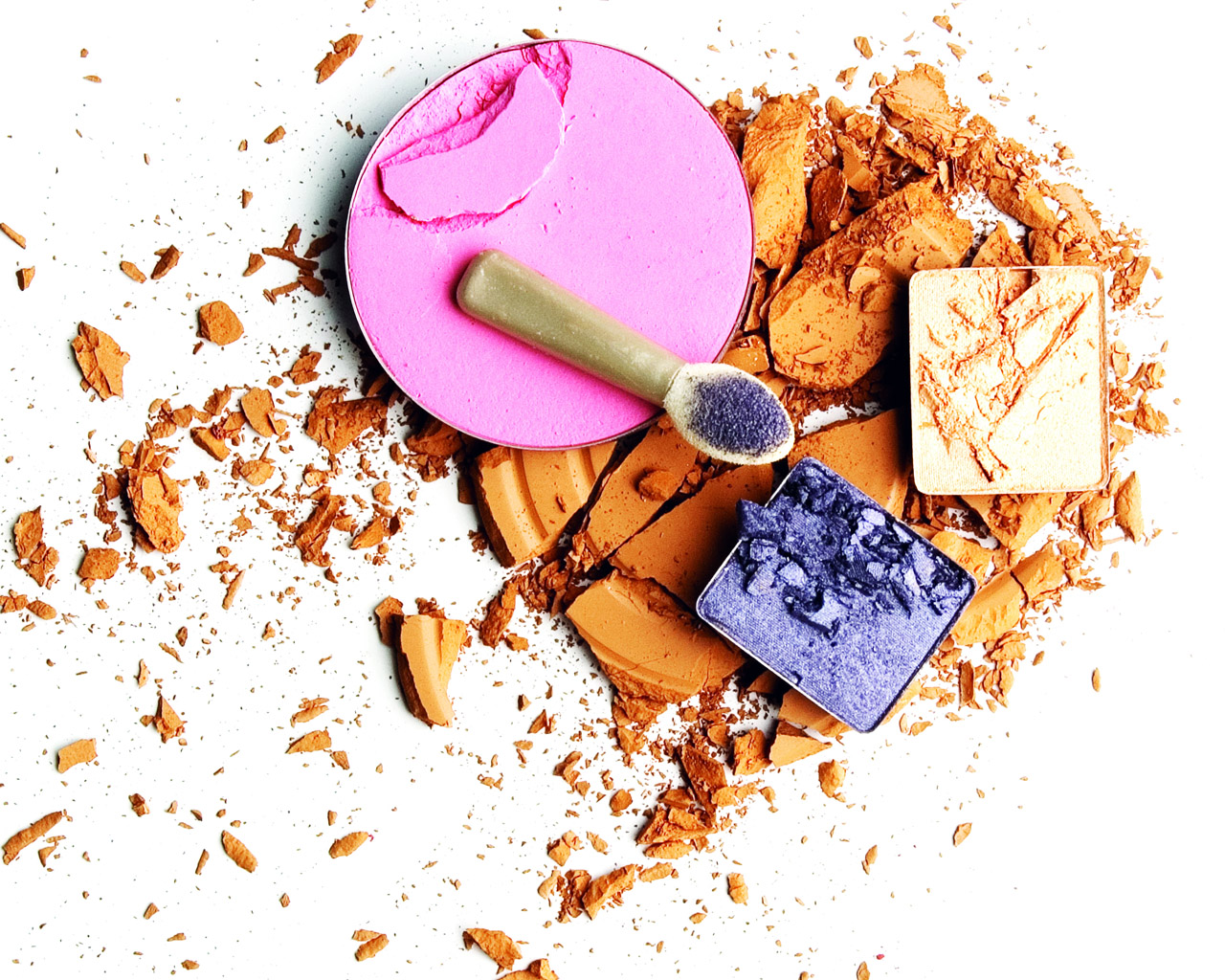For generations, cosmetic colors have been a part of human culture, from crimson lips to malachite green eyeshadow. Ancient Egyptians and Sumerians were developing makeup methods as early as 4000 B.C. They employed clay, seaweed extract, semi-precious stones, turmeric, paprika, and various other natural elements to create an assortment of brilliant colors and tints that would permanently affect how cosmetics are produced today. Naturally, the materials employed to develop color have evolved throughout time – in most cases, for the better. Dangerous lead-and-copper mixtures in the 1800s have now been substituted by zinc oxide. And many other changes have taken place to meet the growing demand for cosmetic colors.
So, let’s dive into the world of cosmetic colors and decode the various aspects of cosmetic ingredients –
What are cosmetic colors used for?
A wide selection of cosmetic colors is utilised to produce the vibrant spectrum of lipsticks, nail enamels, eye colors, and more. Color cosmetic producers utilise biological or synthetic colors dependent on the needs of customers looking for high-quality cosmetic colors.
What is the main difference between pigments and dyes?
Organic and inorganic color additives are further classed as dyes or pigments.
Generally, dyes are often organic compounds whereas pigments are often inorganic compounds; however, as an exception number of water insoluble Organic compounds are also in the Pigment category.
Lakes are produced through precipitation of soluble dyes or natural colors with some metallic salt are also Pigment.
When it comes to cosmetic color additives, its solubility distinguishes a dye from a pigment; dyes are water-soluble, whilst pigments are oil dispersible.
How can lake colors boost the manufacture of cosmetics?
The range of cosmetic items in the market today is due to the extensive selection of cosmetic colors. Leading lake color producers in India adhere to worldwide standards to provide export-quality goods. Moisture content, Particle size, pH stability, oil adsorption, and density of lake colors maintain the proper amount of uniformity when manufacturing batches of colors for usage in manufacturing. Lake colors are commonly used in cosmetics. Today, some of the most beautiful makeup in the market is made using lake colors. Some of the most popular lake colors include D&C Red 6 Ba Lake, D&C Red 7 Ca Lake, D&C Red 27 Al Lake, D&C Red 30 Al Lake, Brilliant Blue Lake, Sunset Yellow Lake, Quinoline Yellow Lake, Allura Red Lake, etc. With so many options, lake colors can significantly expand the product line of cosmetics and boost the manufacturing of cosmetic products.


